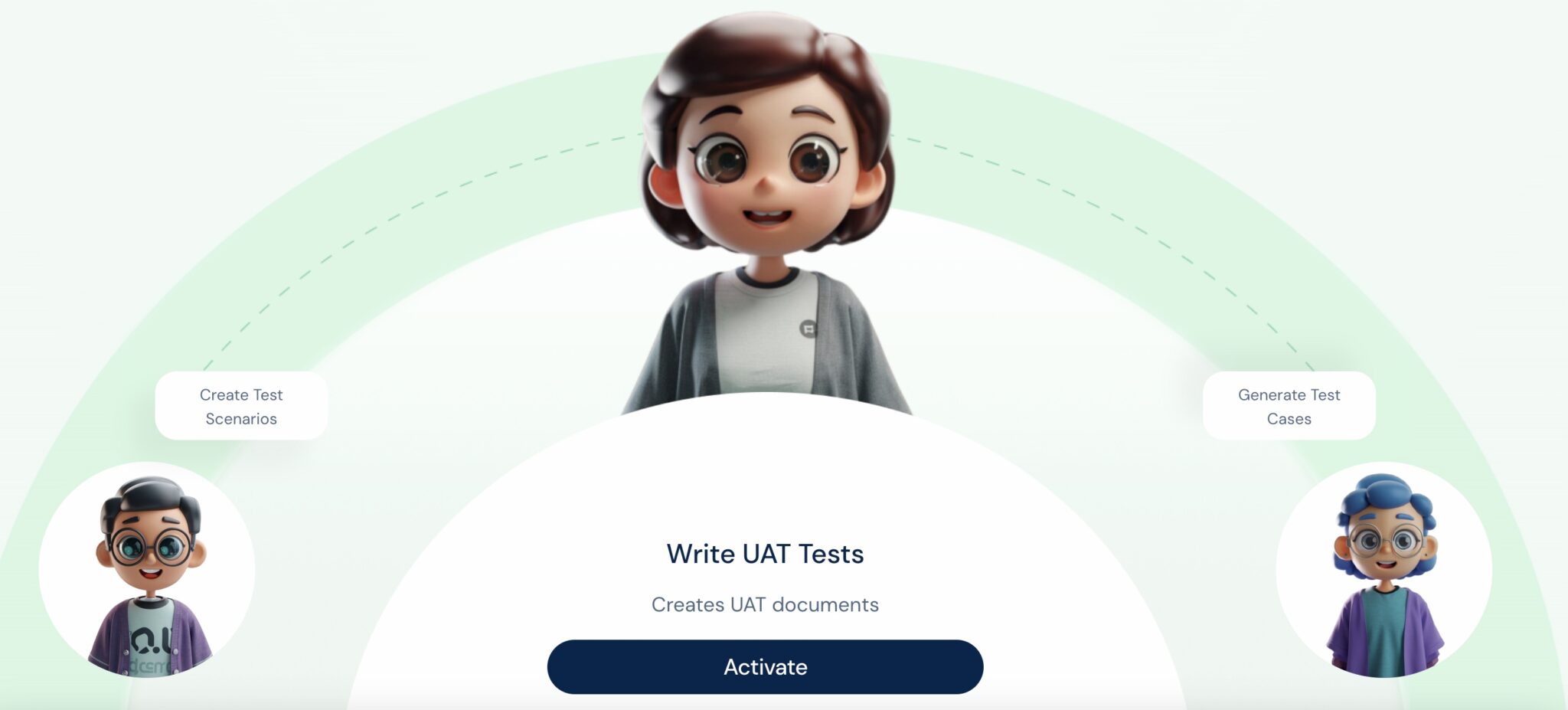Introduction
- In today’s interconnected world, where software applications permeate every aspect of our lives, from managing finances to storing personal information, the need for robust cybersecurity measures has never been more critical.
- At the heart of this defense lies security testing, an indispensable process that identifies and addresses vulnerabilities in software applications before they can be exploited by malicious actors.
The Evolving Landscape of Cybersecurity
- As software applications become increasingly complex and interconnected, the potential attack surface for cybercriminals has expanded dramatically.
- These sophisticated adversaries are constantly devising new methods to infiltrate systems, steal sensitive data, and disrupt operations.
- Traditional security measures, often reactive and focused on perimeter defense, are no longer sufficient to safeguard against these evolving threats.
Security Testing: A Proactive Approach to Cybersecurity
- Security testing stands as a proactive approach to cybersecurity, transforming the process from reactive firefighting to strategic risk mitigation.
- It involves systematically evaluating software applications to identify and remediate vulnerabilities that could be exploited to gain unauthorized access, compromise data, or disrupt functionality.
Benefits of Security Testing
The benefits of security testing extend far beyond simply protecting sensitive data. It plays a pivotal role in:
- Enhancing Software Quality: By identifying and fixing vulnerabilities early in the development lifecycle, security testing contributes to the overall quality and reliability of software applications.
- Reducing Financial Losses: Data breaches and cyberattacks can lead to substantial financial losses, including fines, legal fees, and reputational damage. Security testing helps to mitigate these risks by preventing costly incidents.
- Protecting User Trust: In today’s data-driven world, user trust is paramount. Security testing demonstrates an organization’s commitment to safeguarding user data and privacy, fostering trust and loyalty.
Key Considerations for Effective Security Testing
Implementing an effective security testing program requires careful planning and execution:
- Establish Testing Goals: Clearly define the objectives of security testing, aligning them with the overall security strategy and risk assessment.
- Identify Target Applications: Prioritize testing for applications that handle sensitive data, financial transactions, or critical infrastructure.
- Utilize a Combination of Testing Methods: Employ a blend of manual and automated testing techniques to maximize coverage and effectiveness.
- Involve Testers Early: Integrate security testers into the development cycle to provide continuous feedback and address vulnerabilities promptly.
- Continuously Monitor and Improve: Regularly assess the effectiveness of security testing practices and adapt to evolving threats and technologies.
Case Studies: Security Testing in Action
Numerous organizations have successfully implemented security testing programs to safeguard their digital assets:
- Google: Google employs a rigorous security testing process for its vast array of products and services, ensuring that they meet the highest security standards.
- Microsoft: Microsoft utilizes a comprehensive security testing strategy, including automated tools and manual penetration testing, to protect its software and cloud-based services.
- Amazon: Amazon’s security testing program involves a multi-layered approach, encompassing vulnerability scanning, code review, and penetration testing.
Conclusion: Security Testing – An Essential Investment
- Security testing is no longer an afterthought in software development; it is an essential investment in safeguarding sensitive data, protecting user trust, and ensuring the overall security of an organization’s digital assets.
- By embracing security testing as an integral part of the development process, organizations can proactively address vulnerabilities, mitigate risks, and build a robust defense against cyber threats in today’s increasingly complex and interconnected digital landscape.
aiTest: A Closer Look
aiTest an all-in-one testing platform. This platform is designed to conduct comprehensive testing on your applications concurrently. It supports cross-browser and browser version testing, as well as functional and performance tests integrated with Analytics. Additionally, the platform incorporates automation features, including an LLM for effortless generation and testing of machine learning models and generating test data for the same. One-stop solution for continuous testing, integrating seamlessly with CI/CD pipelines. With support for multiple languages and specialized testing for AI/ML services, aiTest empowers organizations to speed up their release cycles while ensuring quality and reliability.


